By clicking “Accept All Cookies”, you agree to the storing of cookies on your device to enhance site navigation, analyze site usage, and assist in our marketing efforts. View our Privacy Policy for more information.
Are You Training In The Right Shoe?
This article provides a comprehensive guide to choosing the right athletic footwear, contrasting running and CrossFit shoes, offering expert podiatric advice, and detailing when and why to replace your training shoes to enhance performance and prevent injury.
By
July 21, 2025

The Right Fit: Unpacking the Science of Your Training Shoes
If the Shoe Fits… I Probably Already Own It
Let’s talk about training shoes - Not the flashy kind for a night out, the ones that take a beating during your CrossFit session. Unfortunately, there are no ‘one size fits all’ shoes for training which is why it can be tricky to choose. To help break it down, here’s a summary of what matters most when picking the right pair, along with expert insights from Dr. Neil, our very own CFFG member and practicing podiatrist.
Running Shoes vs. CrossFit Shoes:
I’ve trained in both and here’s what I’ve noticed:
RUNNING SHOES
Are built for forward motion. They’ve got:
• Thick cushioning to soften the impact when your foot hits the ground
• Raised heels that tilt your foot slightly forward
• Soft, bendy soles that help your foot roll through each step
Great for running, not so great for lifting. During squats or deadlifts, running shoes can feel a bit like standing on marshmallows - less stable and harder to push through your heels.
CROSSFIT SHOES
On the other hand are made to handle lots of different movements. They usually have:
• Flat soles that help you stay balanced and feel connected to the ground - which is super important when lifting or squatting
• Extra support on the sides for quick changes in direction - so your feet don’t roll or slide during things like lunges or burpees. This also helps keep your knees, hips and back properly aligned
• Tough materials that hold up during rope climbs, box jumps and lifting
Horses for courses, Crossfit specific shoes are built for training, not for distance running, but they shine when the workout includes lifting, jumping or quick changes in direction.
Podiatrist Recommendations For Training Shoes
Dr. Neil’s Take
I reached out to Dr. Neil for his expert insight and here’s what he shared:
“Every shoe serves a different purpose. Having the right shoe can help with glute-to-lower-limb control and overall limb stability. At the end of the day, your feet bear the weight of the waking hours, so they need the right support. Without proper heel support, you’re more likely to experience strain and imbalance.”
He emphasized that poor heel support can disrupt your body’s alignment, potentially leading to issues in your knees, hips, or lower back. That’s why it’s important to choose a shoe that suits your training style and foot mechanics, not just for comfort, but to help prevent injury and improve performance.
General Shoe Lifespan Guidelines
Even the best shoes have a shelf life and wearing worn out footwear can sneakily sabotage your performance and increase your risk of injury.
• CrossFit shoes: Typically, last 6 - 12 months, depending on how often you train and the intensity of your workouts.
• Running shoes: Usually good for 500 - 800 km of running, or about 4 - 6 months with regular use. If you train 4 - 5 times a week, expect to replace your shoes at least once a year
Pro Tip: Rotate Your Shoes
If you have more than one pair, rotating them can extend their lifespan and give your feet a break from repetitive stress, try this:
• CrossFit shoes for lifting and mixed workouts
• Running shoes for cardio heavy WODs
• Lifters for dedicated strength sessions
Is It Time to Replace Your Shoes?
> Take this quick 6-point check:
Worn-out soles or smooth tread
Flattened cushioning
Heel slipping or loose fit
New aches - like shin splints or sore knees
Visible damage (tears, fraying, compressed midsoles)
Over 12 months of regular use
**SCORE YOURSELF**
- 0–2: You’re probably good for now
- 3–4: Start shopping around
- 5–6: Time to upgrade!
Shoe Tips
If the WOD has longer or multiple runs – 400m+, I’ll switch to running shoes. Otherwise, I stick with my CrossFit shoes, they give me the stability I need for lifts and dynamic movements.
It’s all about what feels right for you.
If you’re unsure what to go with, ask around - everyone’s feet are different and what works for one person might not work for another.
I’m not here to tell you what to wear, just to help you understand why it matters. Your feet are your foundation. The right shoe can make your training smoother, safer and more effective and if you ever feel off balance or achy after a workout, your shoes might be part of the story.
Coach Gem
.jpg)

.jpg)
.jpg)

.jpg)
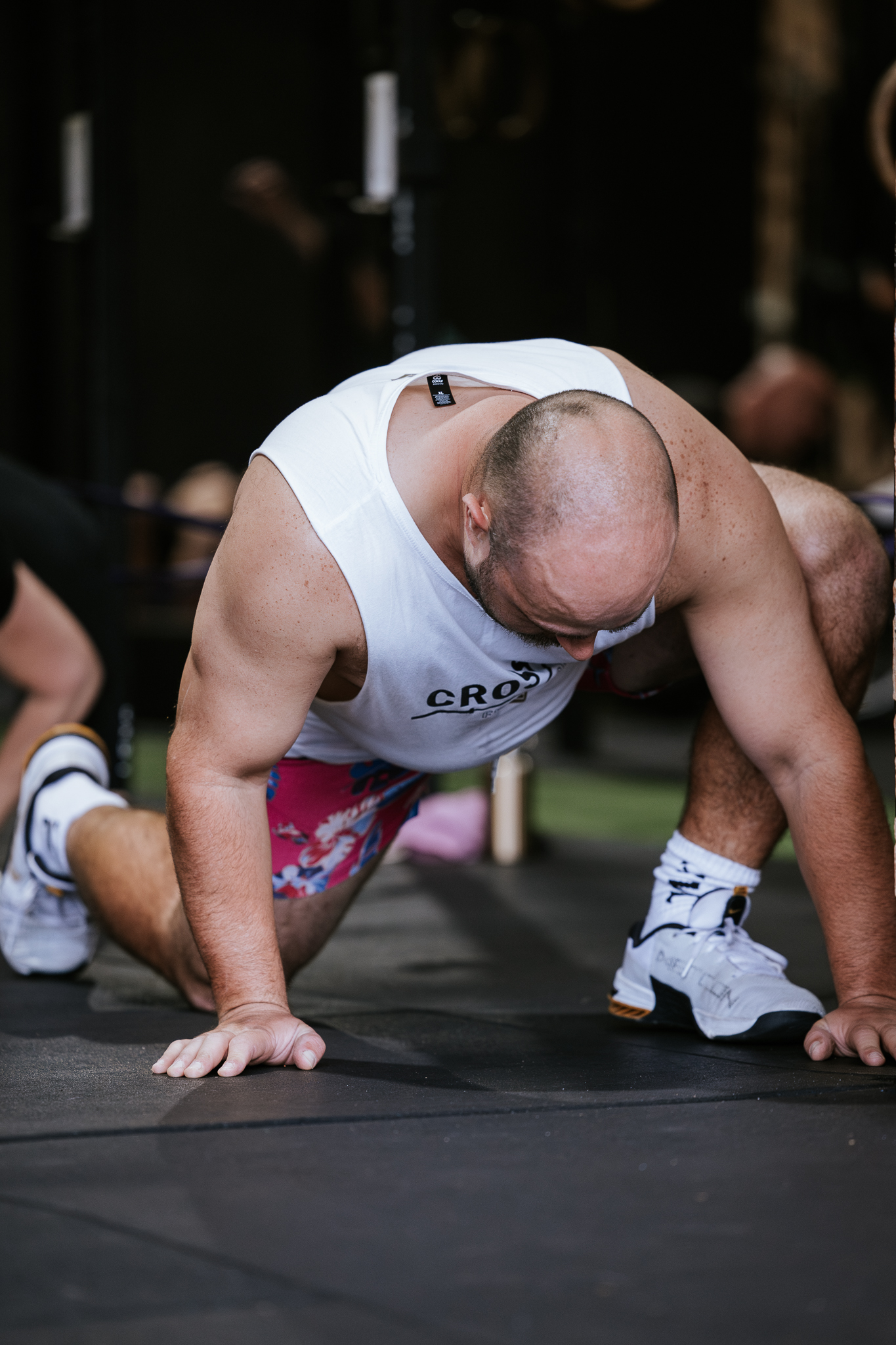
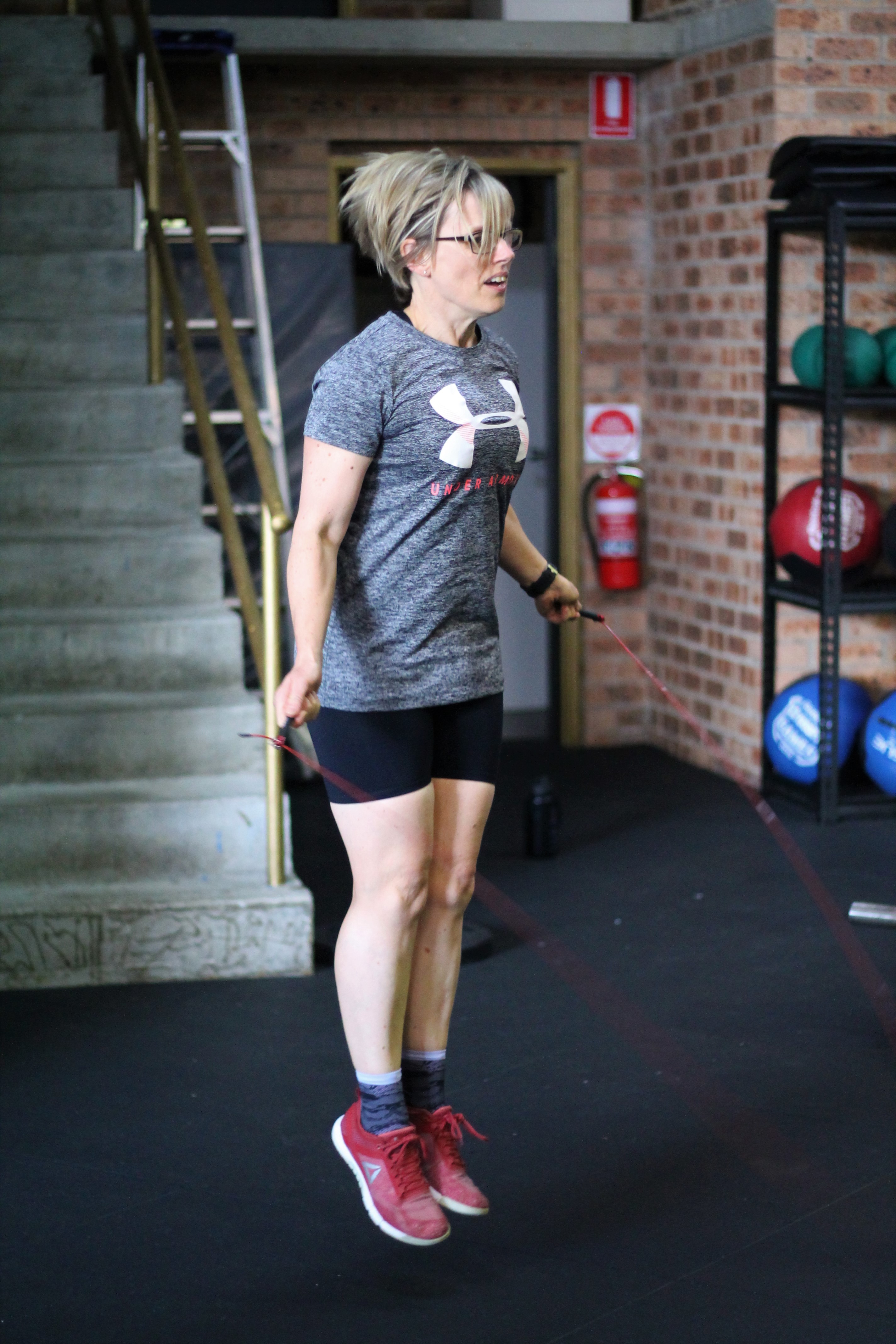
.png)
.png)
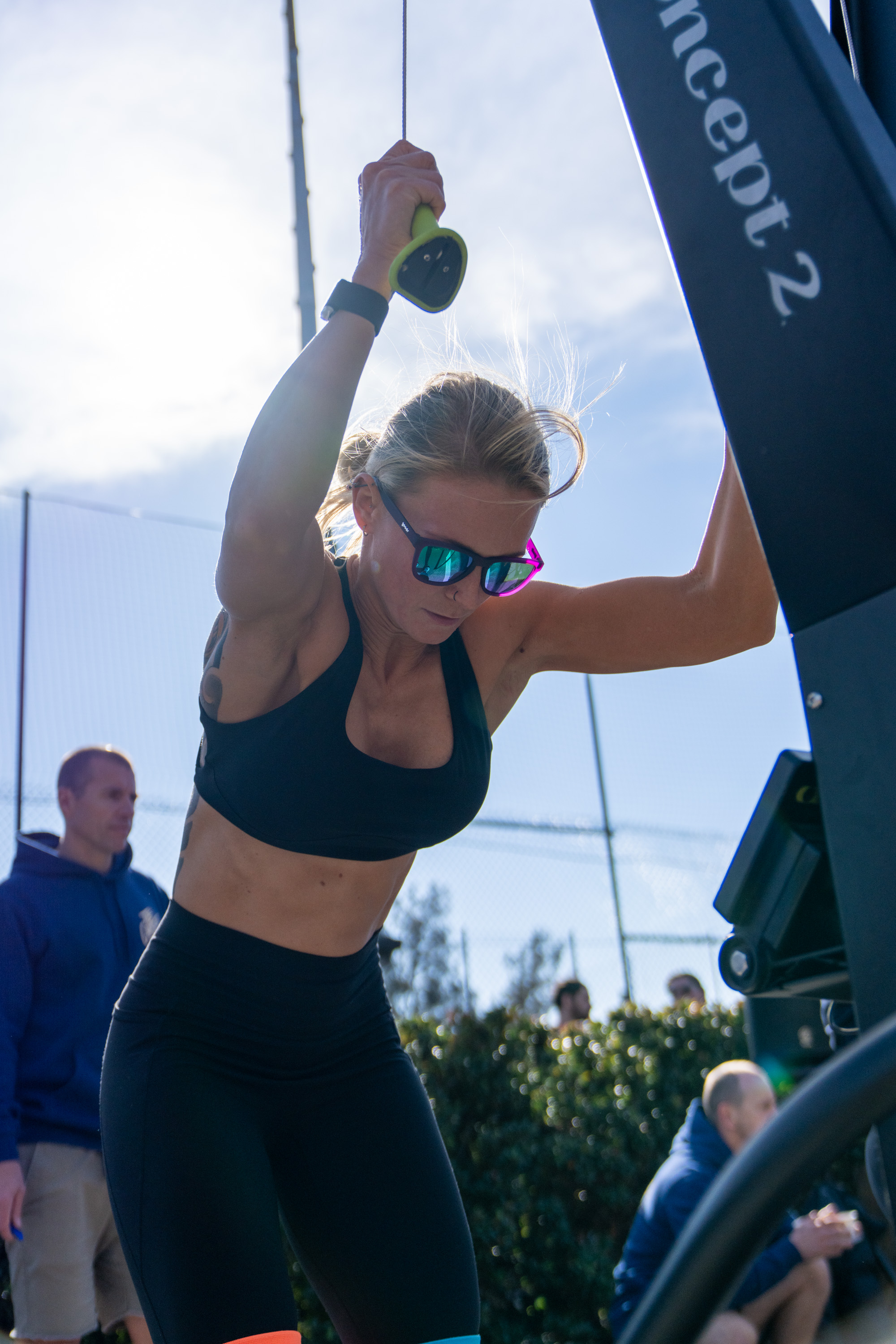
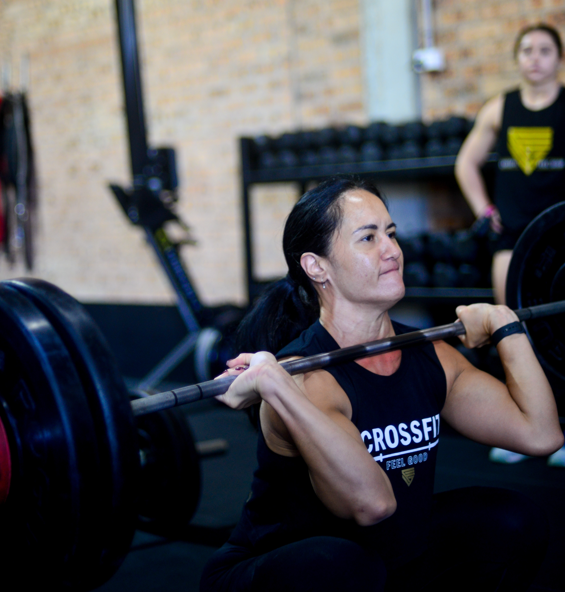
(1)(1)(1).jpg)

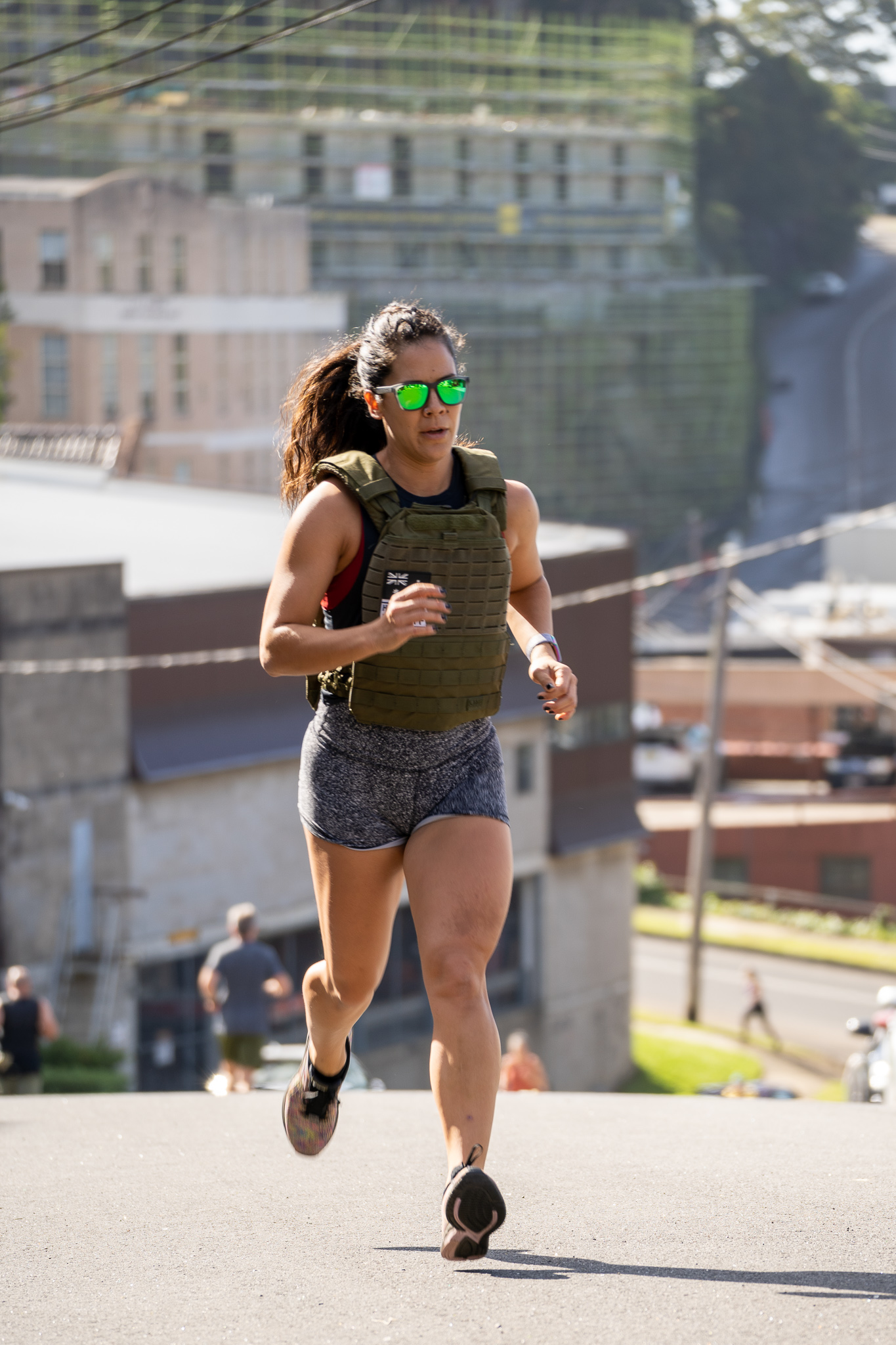
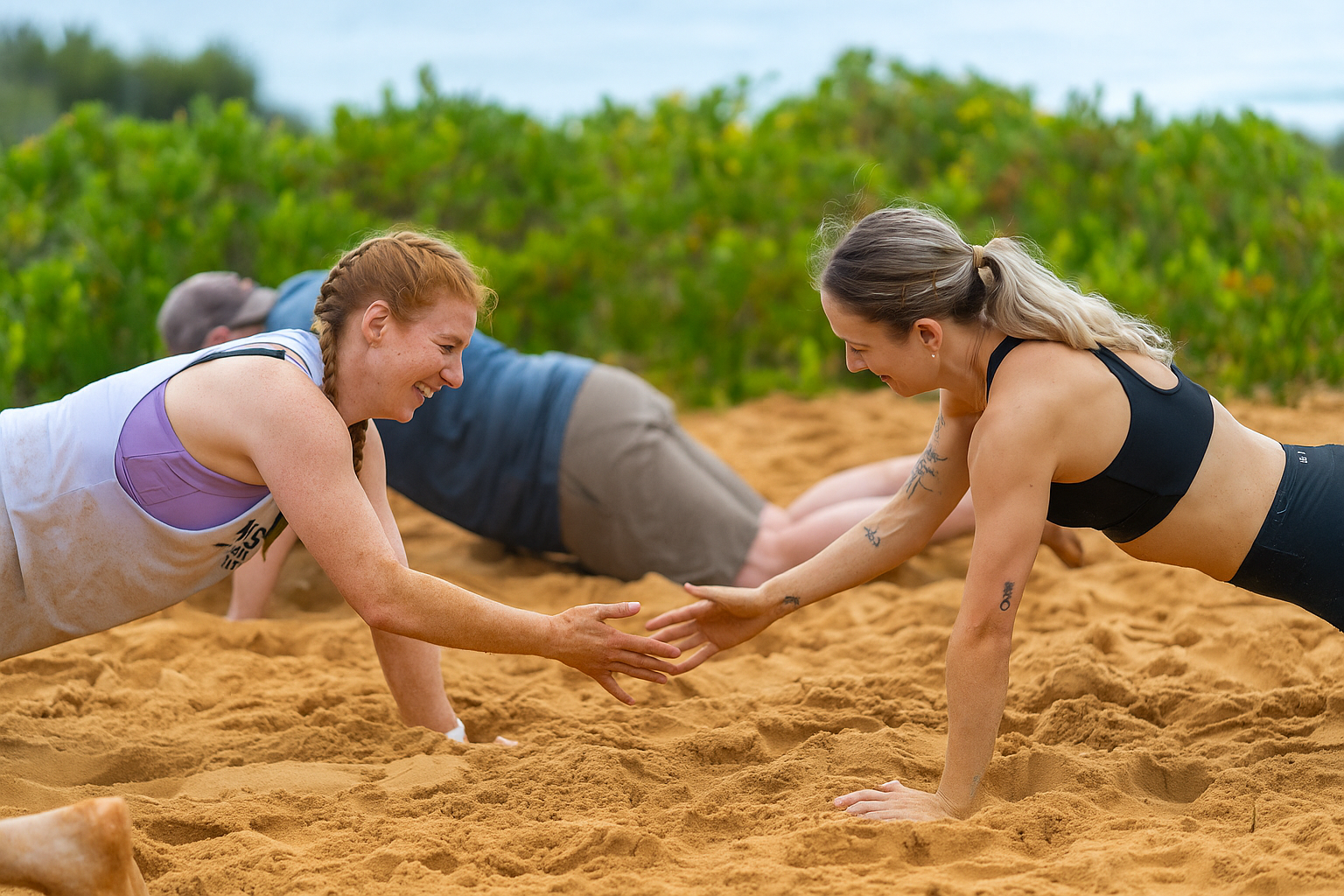
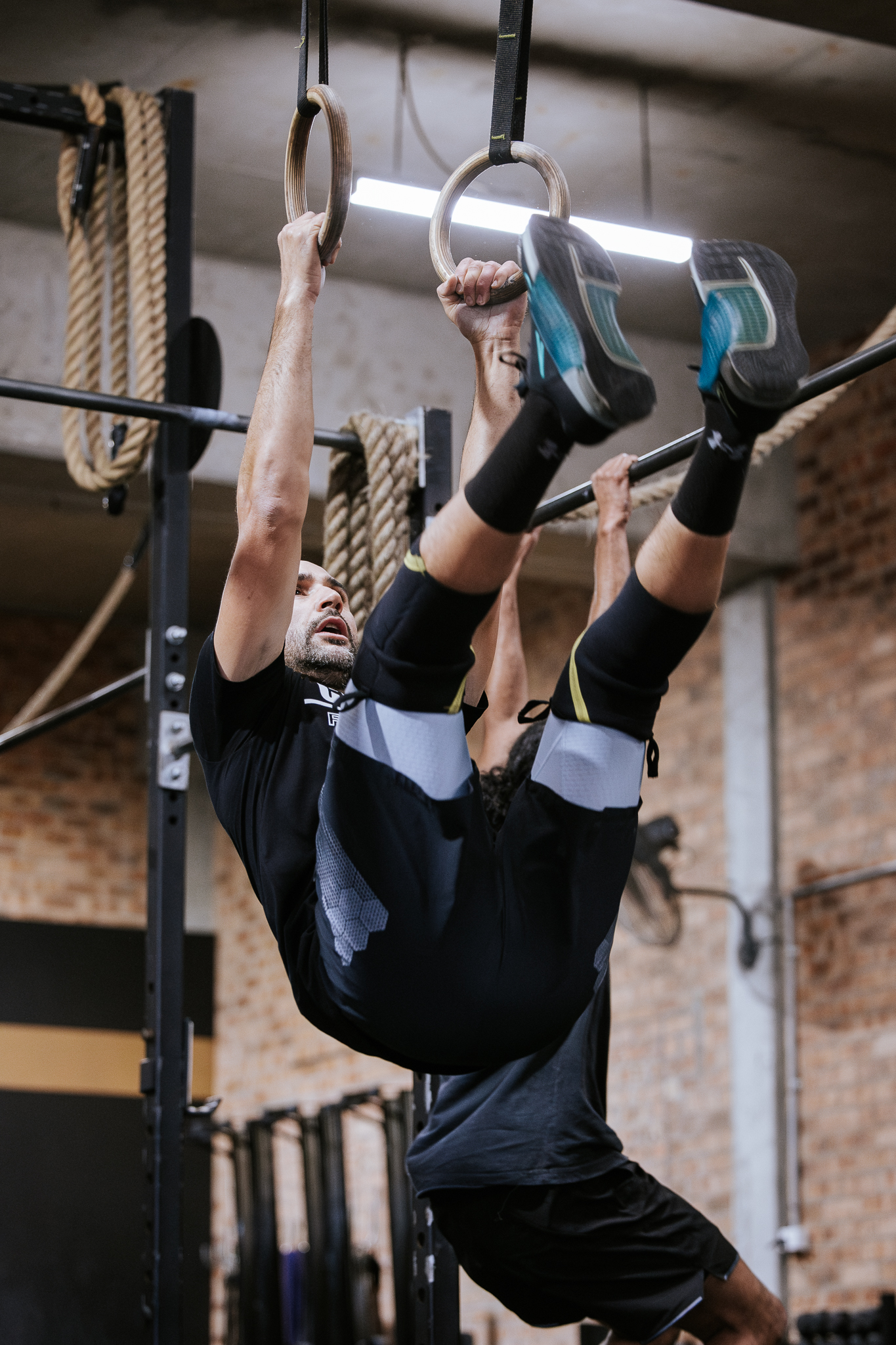
.jpg)
.jpg)
.png)
(1).jpg)
.jpg)